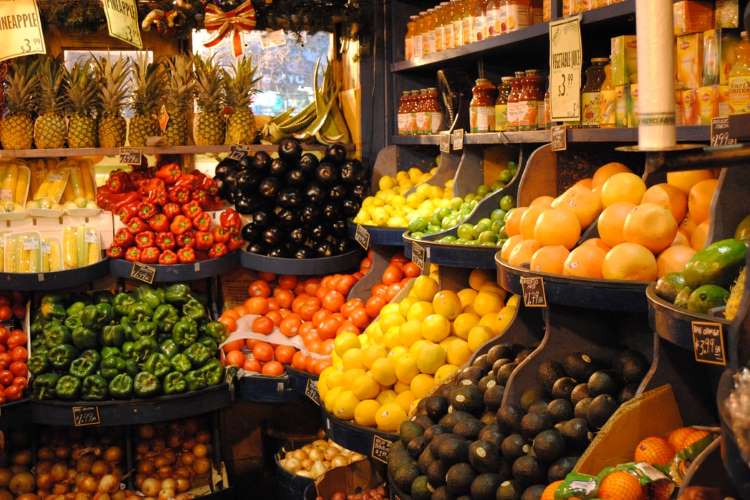
The Indian middle class is facing twin challenges of the post-pandemic economic woes and a cost-of-living crisis. It was already troubled by a steep rise in the prices of essentials when the Russia-Ukraine war triggered a severe cost of living crisis. The steep inflation eroded the purchasing power of this class with prices of perishables doubling in a year. A large chunk of the household budget is being eaten away by food and fuels. When the retail inflation eased to a three-month low in October, that meant little relief.
The result is visible in the consumption pattern of Indians with the sales of consumer goods falling even during festival season. While the pandemic was a major blow to people from all walks of life, the last year added to the woes because of the geopolitical crisis. This led to supply chain disruptions which translated into costlier everything. This is when salaries have not risen keeping in with rising inflation.
READ | Front of the package labelling key to tackling lifestyle diseases
Middle class recovery a far cry
While there is an apparent economic recovery in India, there is widening gap between the rich and the poor. The buoyant stock markets and big companies’ strong profit statements show a shiny growth story, but there is another side to it. Take for instance the sales of products such as footwear, mobile phones and biscuits. However, luxury items have witnessed better sales than mass market products.
What is the Indian middle class?
The middle class in India is a socio-economic group comprising people who fall between the lower and upper classes in terms of income, education, and occupation. It is generally considered to be a significant socio-economic group in India, as it makes up a sizable portion of the country’s population and plays a crucial role in the economy. According to a recent report titled The Rise of India’s Middle Class, one in every three Indians is middle class with income between Rs 5 lakh and Rs 30 lakh per annum. This number is expected to double by 2047 which means two out of every three Indians will be in the category.
What is pinching the Indian middle class?
There are several reasons why the middle class in India may be facing difficulties. Inflation is the biggest problem faced by the group while the others are:
Unemployment: The high levels of unemployment or underemployment in the country can be a major problem for the middle class, as it can lead to financial insecurity and a lack of stable income.
High cost of living: The high cost of living in some parts of India, particularly in cities, can be a burden on the middle class, as it can make it difficult for them to afford basic necessities such as housing, food, and healthcare.
Limited access to education and healthcare: The middle class may also face difficulties in accessing quality education and healthcare, as these services can be expensive and may not be readily available in all parts of the country.
Lack of social mobility: The middle class may also face difficulties in improving their socio-economic status, as there may be limited opportunities for social mobility in the country.
Bearing in mind that this certain section of the society is rarely a priority for social welfare schemes, there are many things that the Indian government could do to support its middle-class citizens. For one, the government may look into providing better access to education and training opportunities, particularly in fields that are in high demand. It can also implement policies that make it easier for people to afford the cost of living, such as reducing the cost of housing and healthcare.
According to many citizens, cheaper transportation is a must for people to get to work and access essential services. Moreover, the government must also consider providing tax breaks or other financial incentives for middle class families, particularly those with children. In fact, with the upcoming budget 2023, it is expected that the government may finally raise the income tax exemption limit from present Rs 2.5 lakh to Rs 5 lakh.
